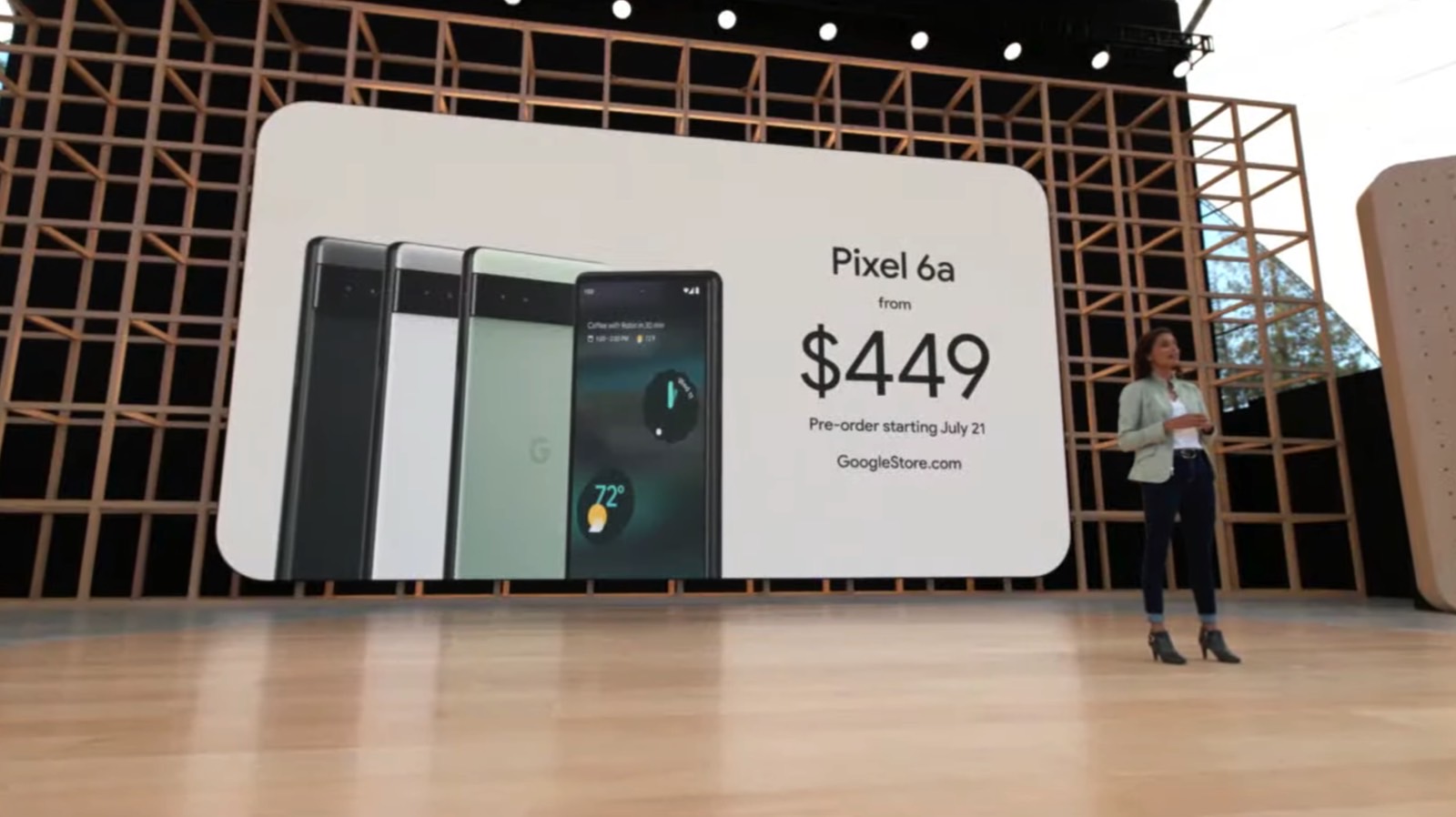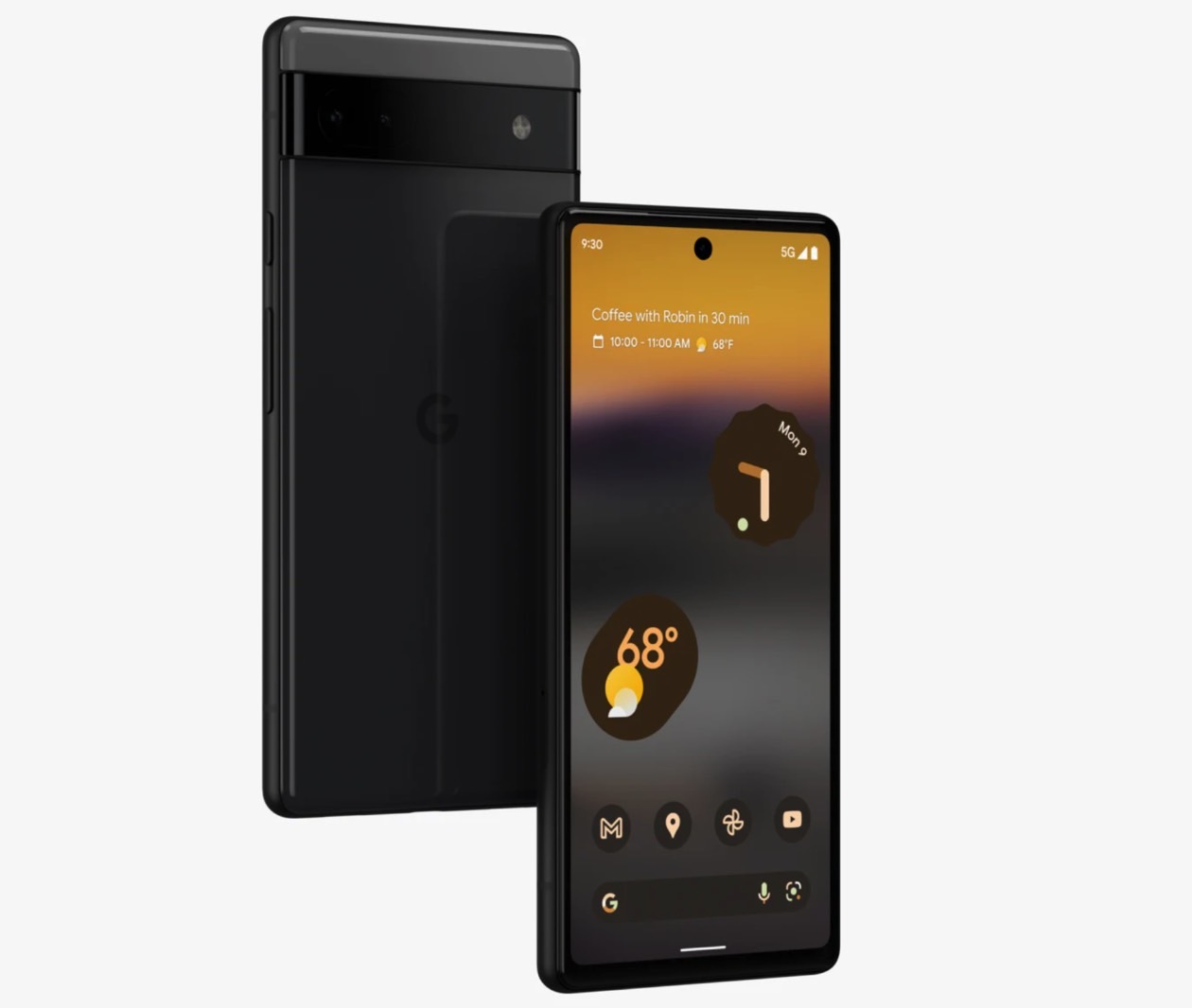The Pixel 6a is one of the most interesting products coming out of I/O 2022, a Google mid-range phone that will deliver flagship performance. The handset rocks the same processor as the Pixel 6 flagships, making the $449 handset just as powerful as the flagship models. The Pixel 6a will make some compromises to hit that price point, but the fingerprint sensor might not be one of them.
A report says Google already confirmed that the Pixel 6a won’t share the same in-display fingerprint sensor as the more expensive models. It’s unclear whether the fingerprint sensor in the mid-range phone is cheaper. But there are reasons to be excited about this particular change, as the Pixel 6 fingerprint experience has had a few issues so far.
Why isn’t the Pixel 6 fingerprint working correctly?
The Pixel 6 might be the most exciting phone Google has ever made, but the company is still incapable of shipping a phone that doesn’t need so many fixes after launch. The Pixel 6 fingerprint experience is one of the issues that buyers have noticed. That’s why the news that the Pixel 6a will ship with a different model is interesting.
Some Pixel 6 owners found the in-display fingerprint sensor did not work properly. Or it was slow to authenticate users. Just as Google started fixing the problem via software updates, others discovered that replacing the Pixel 6 screen breaks fingerprint functionality.
That’s certainly not the experience you expect from a high-end phone. The Pixel 6 phones are the first Google phones to feature in-display fingerprint sensors. But the technology has been around for several years. And it has seen improvements during that timeframe.
Hopefully, the Pixel 6a and Pixel 7 won’t suffer from fingerprint issues.

The Pixel 6a’s new sensor
Google kept in place the Pixel 6 design for the Pixel 6a. That means the phones looks identical to the larger models. It features a hole-punch display with in-display fingerprint sensor and a large horizontal camera bump on the back. Like the pricier siblings, the Pixel 6a also lacks a headphone jack.
Google confirmed to Android Central that the new handset will have a different in-display fingerprint sensor. The news comes from Google’s senior vice president of devices and services Rich Osterloh. But it’s too early to tell what that means.
The simple explanation is that Google is cutting costs on the Pixel 6a, so plenty of components can differ. But given the poor fingerprint experience on the Pixel 6, the Pixel 6a change will hopefully fix things. That said, it’s not necessarily faulty hardware that’s causing the problems. Google’s own algorithms might be to blame for the Pixel 6 inconsistencies.

The specs differences
Fingerprint sensors aside, the Pixel 6a does deliver a few compromises compared to the more expensive models. It has a smaller 6.1-inch display featuring Corning Gorilla Glass 3 instead of Victus. And the screen supports only 60Hz refresh rate rather than 90Hz or 120Hz.
The rear panel is not glass. We’re looking at a “3D thermoformed composite back with tactile alloy frame.” And the phone has an IP67 water and dust resistance rating instead of IP68.
The Pixel 6a ships with just 6GB of RAM, and comes only in a 128GB storage version. The battery size is also slightly smaller, and doesn’t support wireless charging or reverse wireless charging.
The biggest compromise concerns the camera performance, as the Pixel 6a doesn’t get the 50-megapixel primary camera on the larger models.
Overall, the Pixel 6a still is a great deal. If Google managed to eliminate the fingerprint issues from the Pixel experience, that’s even better.
More Pixel coverage: For more Pixel news, visit our Pixel 7 guide.







